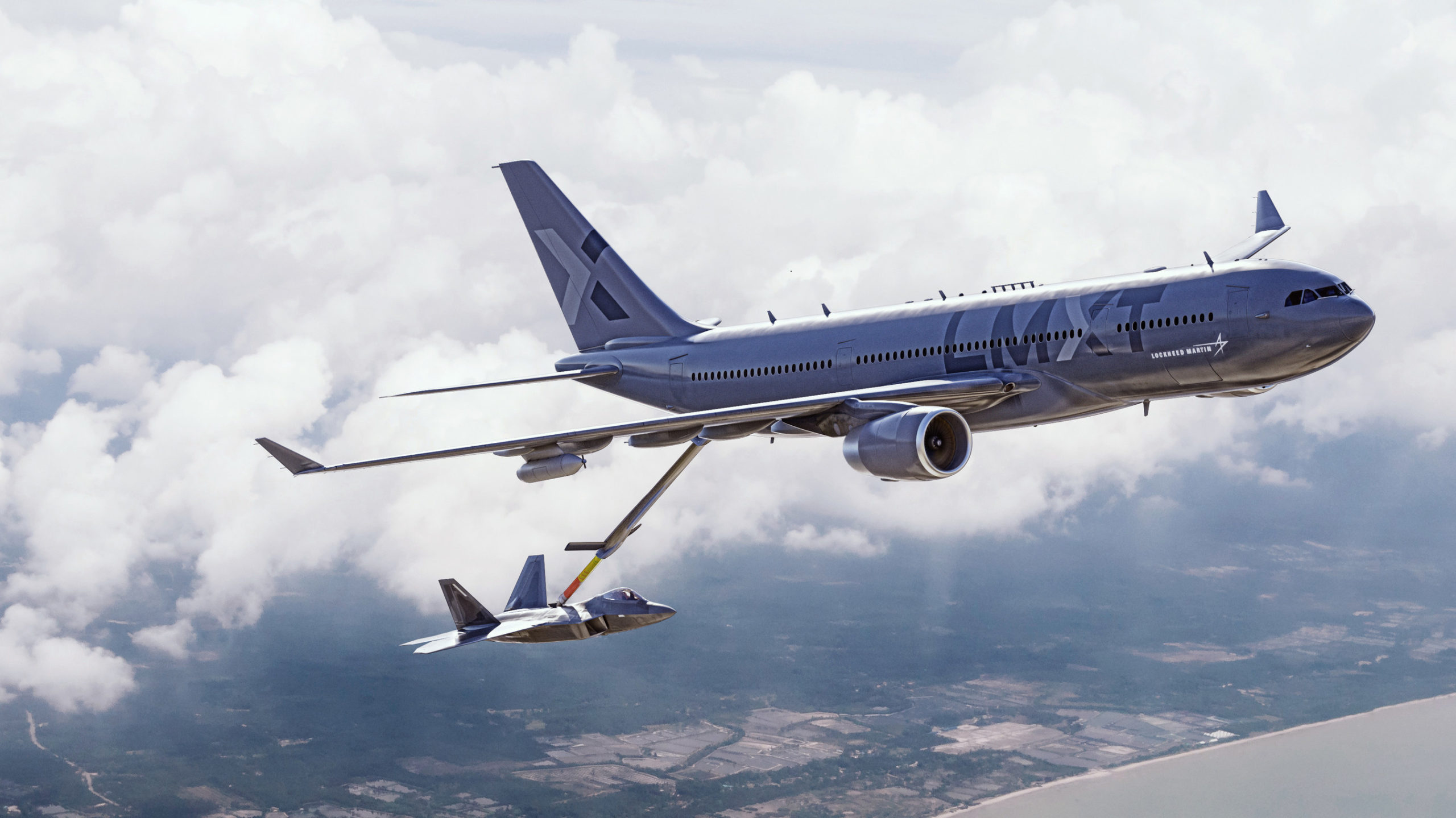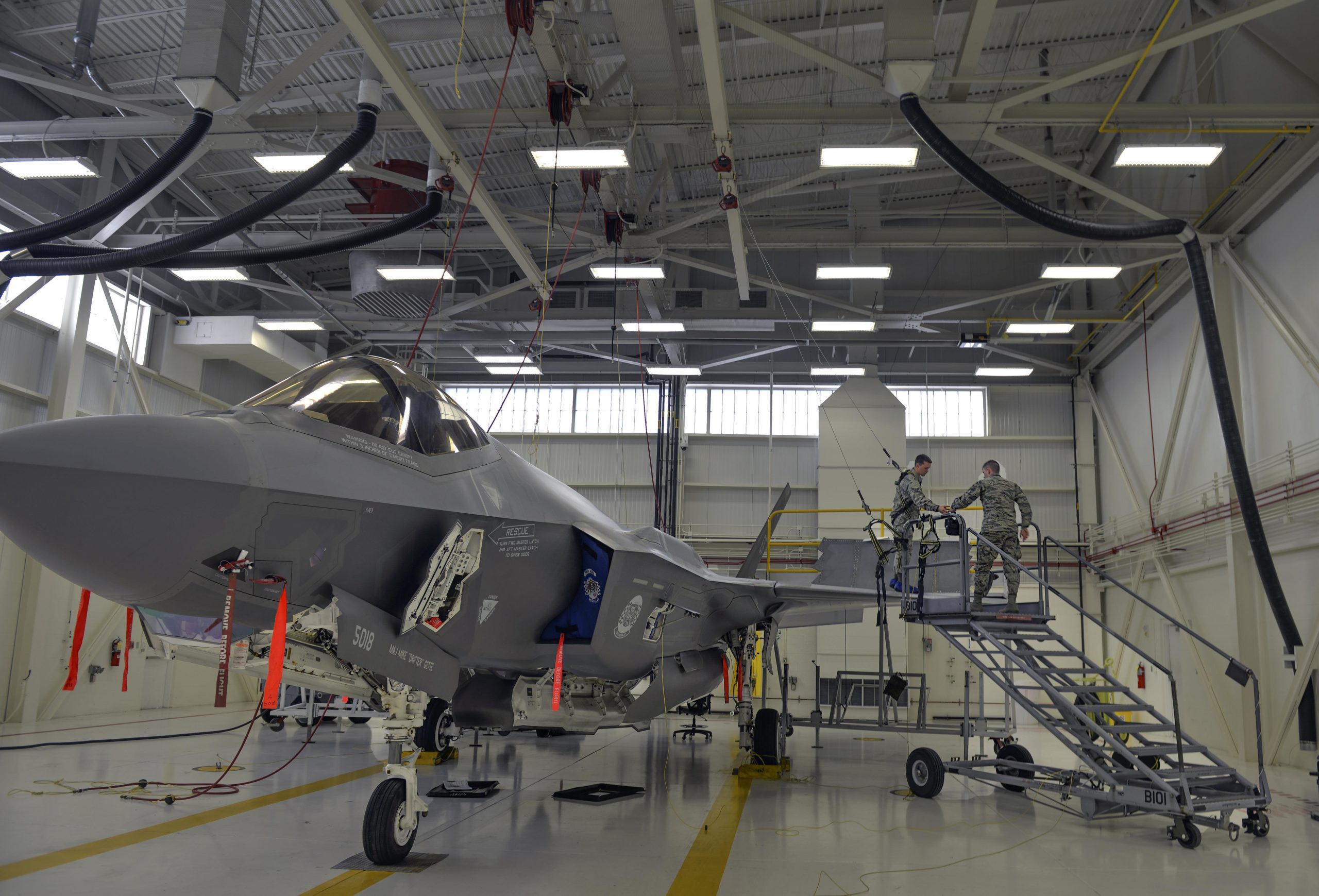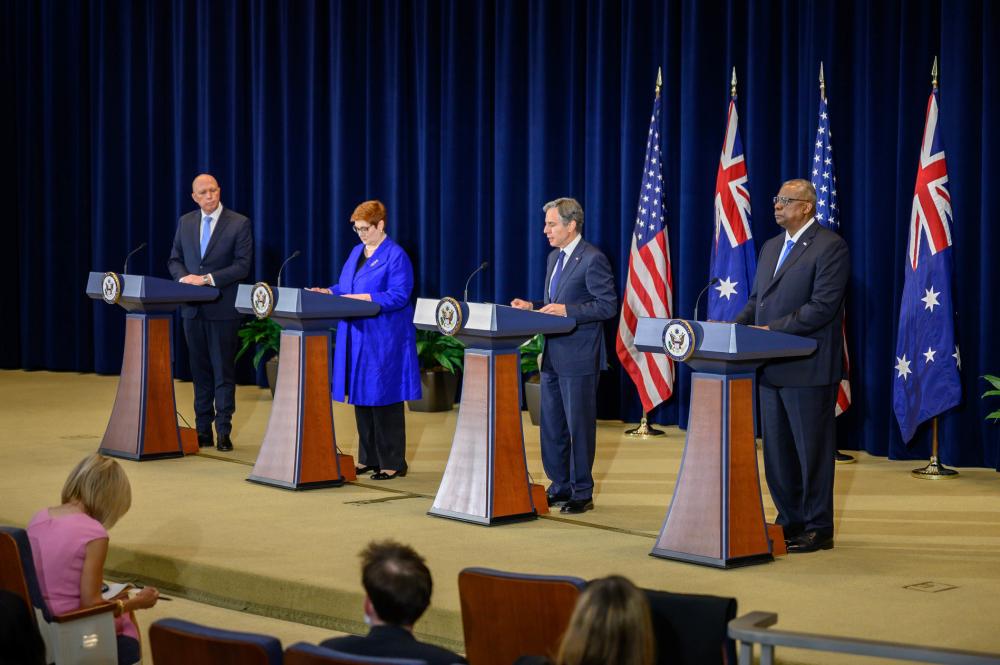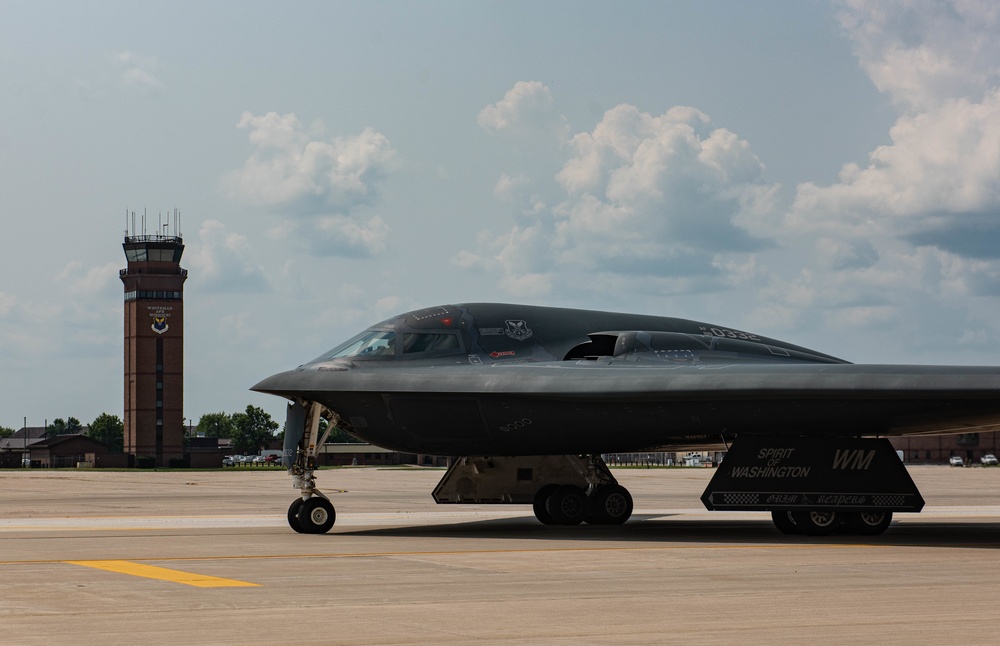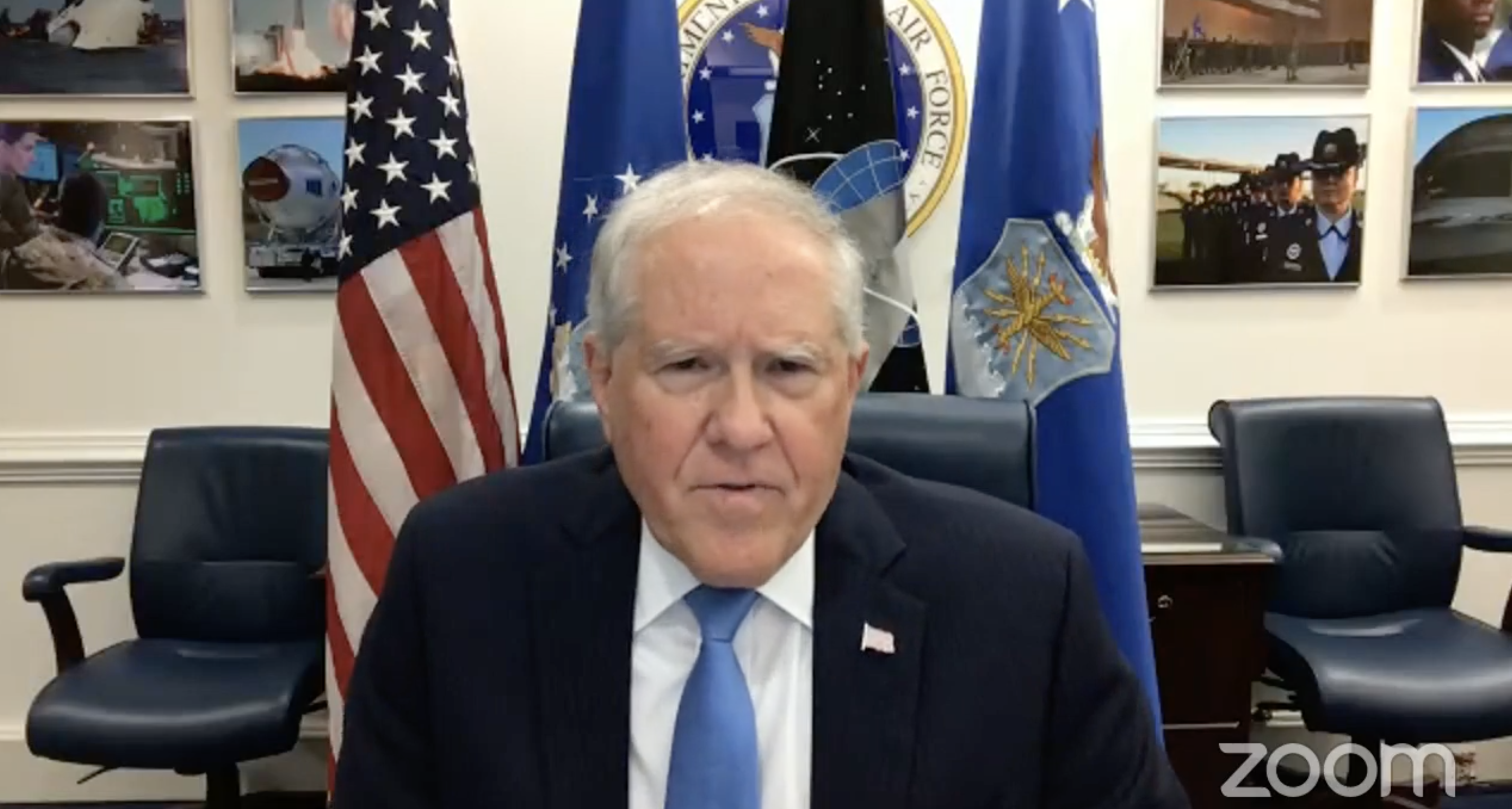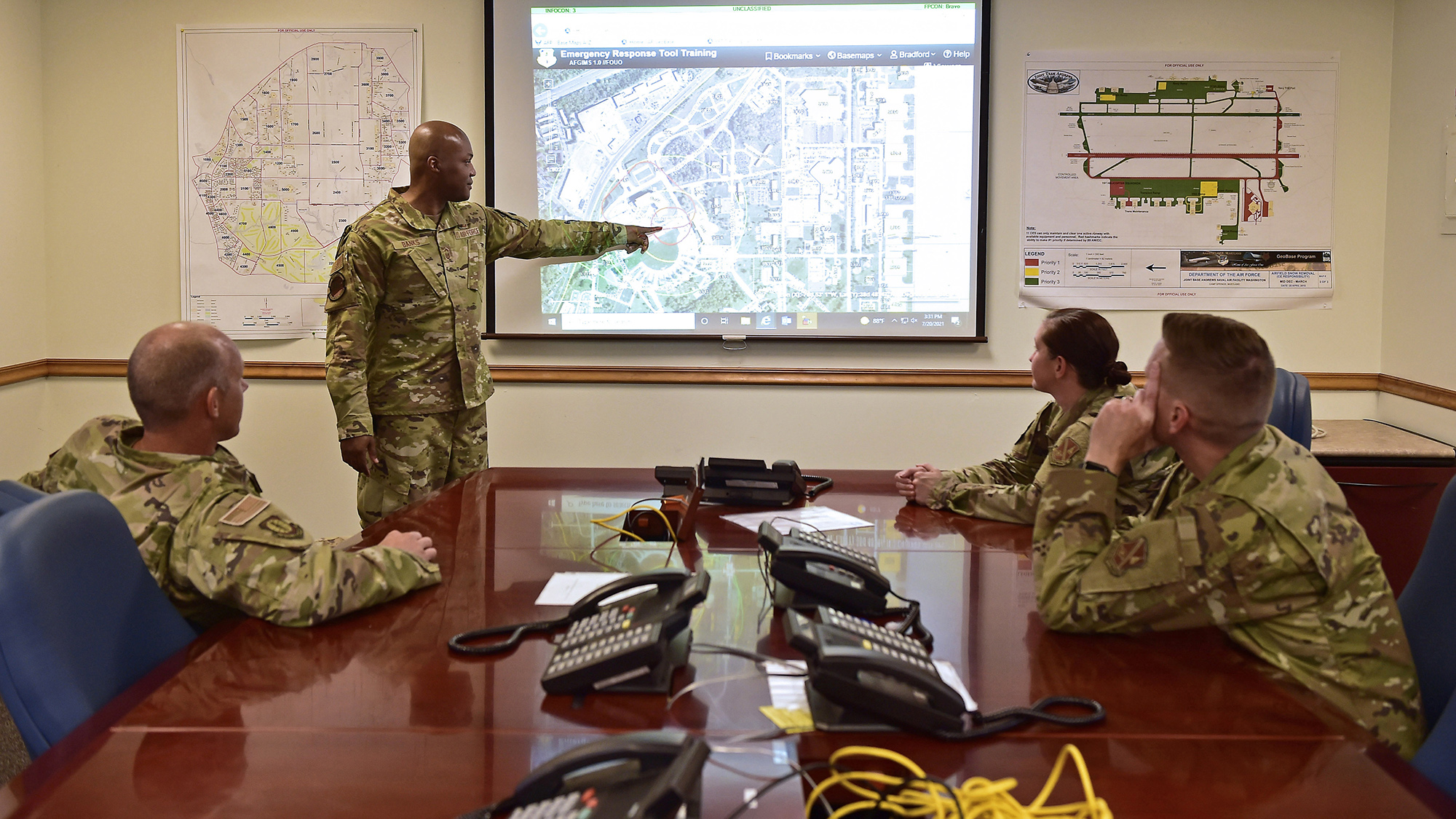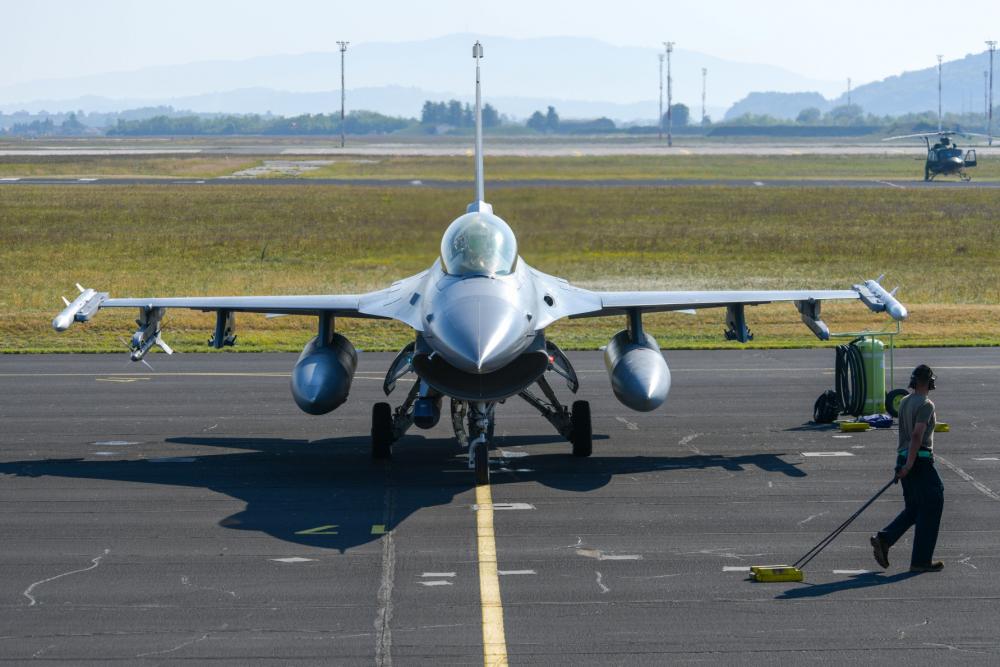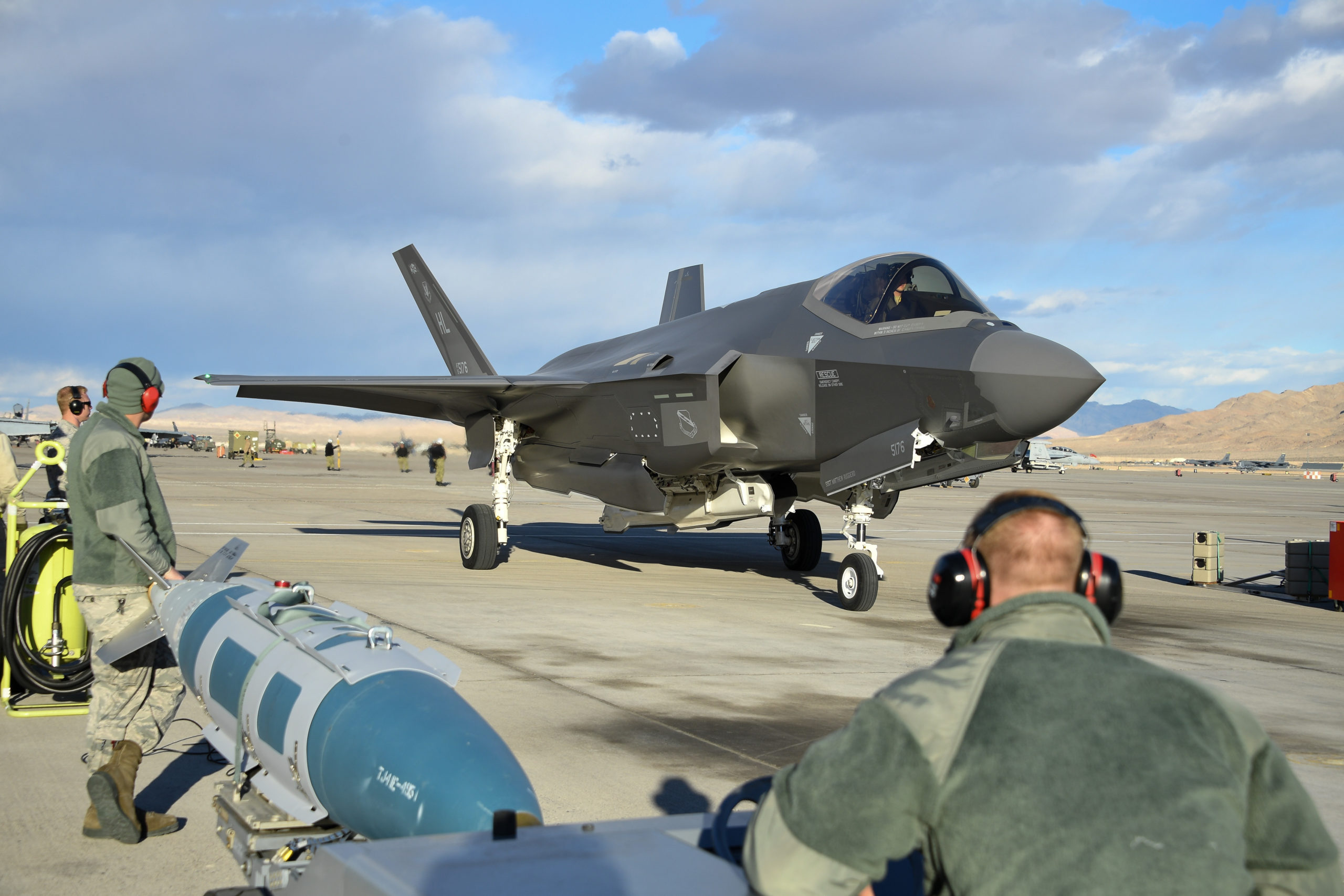Officially launching its bid to supply the Air Force’s KC-Y “bridge” tanker, Lockheed Martin said its solution would offer the service longer range and persistence than current tankers by virtue of the aircraft’s larger size. To sweeten the deal, if Lockheed Martin wins the KC-Y contest, Airbus will build A330 airliners, on which the LMXT is based, in the U.S. at the same location.
Tony Frese, Lockheed Martin vice president for air mobility and maritime missions, said range is one of the “big discriminators” for the LMXT, which stands for Lockheed Martin “Next” Tanker. The aircraft meets the Air Force’s desire for a proven, commercial derivative tanker, he said, as it is based on the Airbus A330 Multi-Role Tanker Transport (MRTT), a version of which lost out to the KC-46 in the KC-X competition. Lockheed Martin submitted information about the updated LMXT to the Air Force in August, in response to a USAF request for information.
“We see [LMXT] as complementary” to the Air Force’s extant KC-135 and KC-46 tanker fleets, Frese said. The aircraft would buy back some of the single-aircraft range and refueling ability that will retire with the KC-10 before the KC-Y goes into production.
The Air Force has used the term “bridge tanker” to refer to a tanker that would continue to replace the KC-135 and KC-10 while a new, potentially stealthy, tanker for operations in contested airspace could be developed. The service has not definitively said how many aircraft will be in the KC-Y program.
The LMXT could “nearly double” the KC-46’s reach in the Indo-Pacific, Frese said, with longer time on station, assuming a full load of fuel. Carrying only the same fuel load as the KC-46, it would also be able to get into “30 percent more airfields” in the region—196 versus 150—by virtue of its larger wings generating more takeoff and landing lift, he asserted. The jet’s ability to use many airfields is one question the Air Force has already asked about the LMXT, he said.
In the KC-X competition, the Airbus offering did not fare as well in airfield operations because fewer of the jets could fit on smaller airfield ramps. It’s not clear if the Air Force will weight that factor the same way in the KC-Y contest.
Lockheed Martin established a partnership with Airbus for a potential future tanker competition in 2018 and is evaluating a number of locations where the LMXT could be built in the U.S. It will consider the cavernous space in its Marietta, Ga., facility as a location for final assembly, as that space is now vacant following the completion of the C-5 re-engining and update program. The plant can hold four C-5s and so will be able to accommodate at least four MRTTs, Frese said. Mobile, Ala., where Airbus now builds its A320 airliner, is also under consideration, but Mobile and Marietta are not the only places where Lockheed Martin is looking, he said.
The company has lined up 150 suppliers in 34 states for LMXT and expects that figure to grow, Frese said.
The jet will be fully compliant with “made in America” rules, Frese noted, but he declined to specify how much of the content would be from U.S. manufacturers. That metric is proprietary and still evolving, he said.
Lockheed Martin is also touting a new autonomous refueling system for the tanker, already in testing, as a key advantage in the next head-to-head contest with the KC-46, which has had chronic problems with its boom operator 3-D vision system.
“It’s a highly advanced, fly-by-wire boom system,” which will be “fully automated,” he said.
“It’s already completed developmental testing that’s seen over 330 wet and dry contacts,” and a daytime operation certification is expected this year, he said, with nighttime operations expected to be certified in 2023.
The system has high-definition, panoramic 3-D vision gear “with high processing capability and low latency.”
The system “automatically allows the boom to engage with the receiver, with an operator observing, not having to be in the loop,” he explained. While the specific technology that permits this is proprietary, he said it “relies on the imagery” to work. There are “a couple of international customers” for this capability already, “ahead of the U.S. Air Force.” The work is being done by Airbus for the MRTT, “which we will incorporate into the LMXT,” Frese said. The system doesn’t require any equipment or special activity on the part of the receiver aircraft, he noted.
“Obviously, this is a big discriminator for us,” Frese said. Whether the Air Force opts to reduce crew size to take advantage of the automated systems would be up to the service, he added.
Lockheed Martin’s Skunk Works advanced development shop also contributed self-defense measures and Advanced Battle Management System technology to the LMXT concept.
The two-deck tanker would also be able to carry cargo on its lower deck, while Frese said the upper deck could be configured for airline-style passenger transport, cargo, aeromedical evacuation, or other missions. The Air Force already has tremendous cargo capacity with the KC-46, he said, as its volume is roughly equivalent to that of the C-17 strategic airlifter, so Lockheed Martin is aiming for different applications.
The LMXT would also be able to serve as a node in the joint all-domain command and control network. There will be three stations on the upper deck for JADC2 operations, and there will be cockpit displays for those operations as well.
The MRTT is a “combat-proven” performer, Frese said, as the U.K. Royal Air Force and Royal Australian Air Force have used it during wartime operations in Iraq. The MRTT has also racked up some 60,000 air refueling contacts across 250,000 hours and has operationally refueled 10 different kinds of U.S. airplanes in joint operations. These include the A-10 attack plane, B-1 bomber, C-17, E-3 AWACS, and F-15, F-16, F-22, and F-35B fighters, as well as the Navy’s P-3 patrol plane. There are 49 MRTTs in service, flown by 13 countries.
Some 1,600 A330 airliners have been built, Frees said. He expects certification of the LMXT to go smoothly, as the jet has been in service a long time and “we have lots of experts” on the certification process.
Frese said the company will participate in an Air Force industry day this week, and “we expect to see more” requests for information “very soon.”
